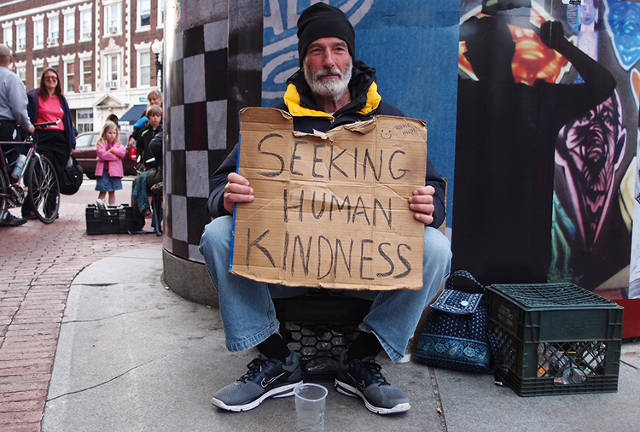On the most sacred Jewish holiday of the year–Yom Kippur–we literally imagine our own funeral. Men traditional wear a white sash that will also serve as their burial shroud. The purpose is to picture our own death in a way that helps us live more fully.
What if, however, we could not only imagine our death, but choose it. And what if that choice seemed the right and dignified thing to do. This acute question faces those suffering from terminal illness. It has entered the public spotlight in the case of Brittany Maynard, a 29-year-old woman with terminal cancer who moved to Oregon so she could take advantage of the state’s death with dignity law. This law allows physicians to prescribe lethal drugs a patient can choose to take.
Amidst the enormous public attention to Brittany’s story, the religious voice has been noticeably absent. Typically strident religious voices would be amongst those to quickly condemn her choice. They were amongst the most vociferous opponents of Oregon’s law when it was implemented in 1997.
Perhaps their absence speaks to a generational shift, or at least a recognition of the complexities of the issues involved.
As a spiritual leader and son and grandson of physicians, I am torn. I believe passionately in the value of life and imperative to seek and give healing. Yet, I have seen the misery and sheer pain felt by so many in the late stages of terminal illness. I have also seen the simple comfort brought by simply having the choice–even if one does not make it–to end one’s life in such conditions.
Jewish tradition has a nuanced approach to this challenge. Thoughtful rabbis and scholars disagree. What is clear, however, is the various factors that matter in making the decision. Here are four of them:
1. Quality of Life: A Jewish legend tells of a rabbi with terminal illness. He was in great pain. Yet, so long as his students stood and prayed around his bed, however, he could not die. They served as the ancient equivalent of a ventilator.
His housekeeper saw the great pain he was in. She knew the students would never stop praying. So she took a pot and threw it out the window. The shattering sound of its land distracted the students from their prayers, and the rabbi died.
She knew, better than his own students, that the rabbi would not want to live with such pain. Her actions made her the hero of the story.
2. Personal Choice: The Talmud teaches that “Everything is foreseen, but the freedom of choice is given.” In other words, we have free will. This freedom comes with limits. We cannot destroy property or harm others, even if we may the legal right to do so.
Scholars also disagree on how much we freedom we have over own bodies. Some argue the freedom is minimal, since our bodies ultimately belong to God. Others say we are stewards of our bodies, and thus have the freedom to choose how we take care of them.
The bottom line is that no text clearly prohibits a terminal patient from hastening his or her death. We have some choice in the matter.
3. Unforeseen Consequences: The Bible is filled with small deeds leading to big consequences. Joseph’s brothers, for example, sell him to slave traders. This action ultimately results in his becoming Prime Minister of Egypt.
We don’t know all the results of all of our choices. Caution needs to accompany vision in passing laws dealing with life and death.
4. Different Opinions: An old joke says that when when two Jews argue, they express at least three opinions. Our tradition cherishes debate. So does American democracy. No group can claim it has a monopoly on moral truth.
When it comes to end of life dilemmas, views often lose their nuance and perspective. Let’s not let stridency stifle our thoughtfulness. Rather, let our disagreements enhance our empathy.
As my teacher and America’s incoming Ambassador for International Religious Freedom, Rabbi David Saperstein puts it, “Good moral people can differ. But the one sin from all of our religious traditions is to close our eyes to injustice and close our ears to suffering.”


